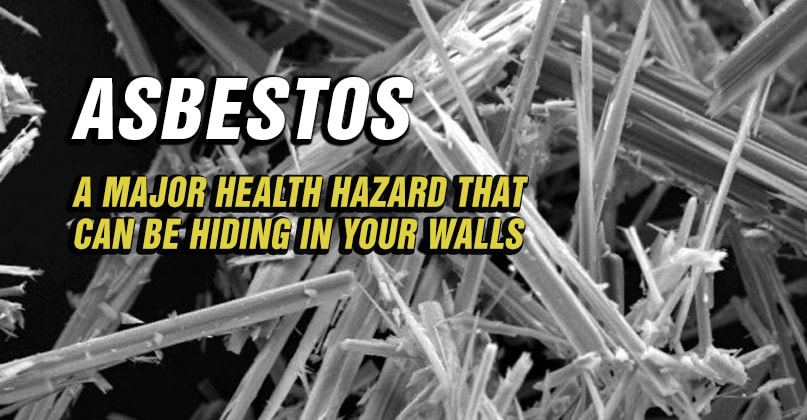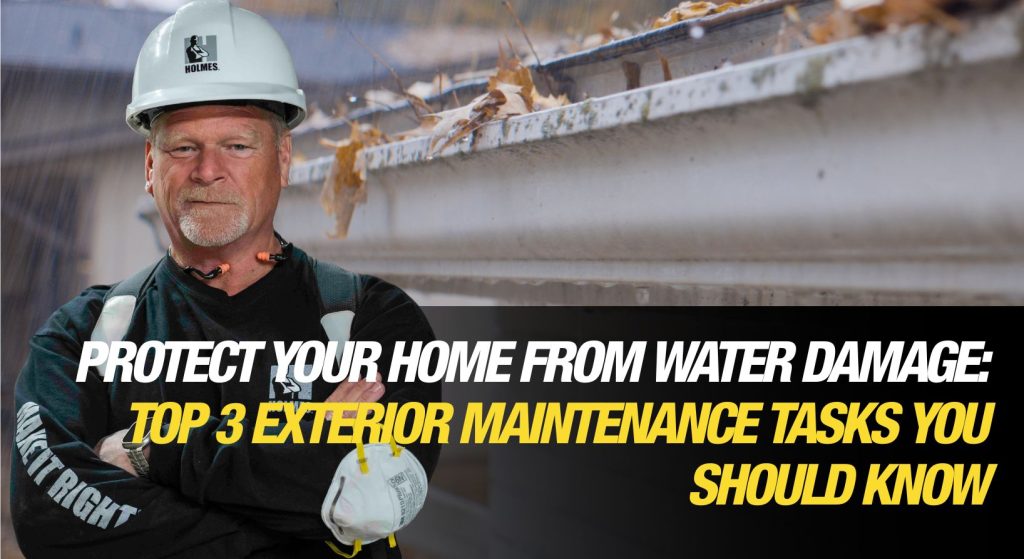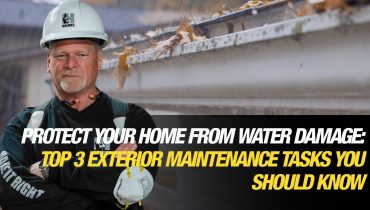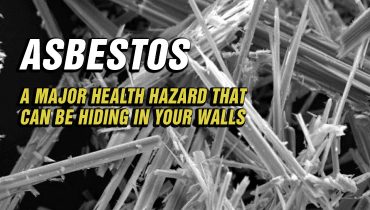When it comes to homes, water is enemy number one, and these 3 exterior home maintenance tasks will help prevent water damage. Water damage is one of the most costly...
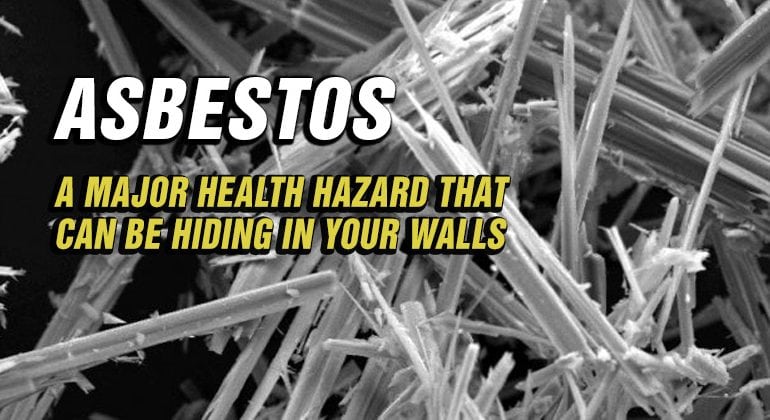
Risks of Asbestos Exposure
By Mike Holmes
Mike’s Advice / Home Safety & Maintenance
Friday, June 15th, 2018 @ 9:37am
Is Asbestos Dangerous?
In the late 1800s, when large plants producing steam-generated electricity were built, it became necessary to develop ways to insulate the steam pipes to keep workers from burning themselves. Asbestos turned out to be the insulator of choice. So how dangerous is asbestos exposure?
Asbestos is a generic term referring to a number of different mineral fibres found in rock formations. Because of their strength, durability and resistance to fire, these fibres were used widespread in building materials during this period in residential and commercial construction. They were also added to various different residential construction products.
Unfortunately, it took many years before it became apparent that asbestos posed a serious danger to peoples’ health, which led to its ban in building materials as of the late 1970’s.
Risks of Asbestos Exposure
If asbestos fibres are properly enclosed within a product or material, there are no significant health risks. But when it’s disturbed it releases asbestos fibres into the air. If these fibres are inhaled they get lodged in the lungs and can cause very serious health conditions, including cancer.
Inhaling asbestos fibres can cause lung cancer, asbestosis, which is a scarring of the lungs that makes it difficult to breathe, or mesothelioma-a rare form of cancer that affects the lining of the chest or abdominal cavity.
Did You Know?
Before the late 1970’s many drywall compounds were made using asbestos. The reason? Fire-resistance – it could keep a fire from spreading. This same material was also used for filling corners and seams!
Smoking combined with inhaling asbestos significantly increases a person’s risk of developing lung cancer.
What Materials Can Contain Asbestos?
- Vermiculite, a type of loose-fill attic insulation
- Roofing felt, roofing compounds, spackling, sealants, putty and caulking
- Ceiling tiles, plaster or acoustical plaster (gives ceilings and walls a soft, textured look)
- Soffit & fascia boards
- Electrical components
- Gutters/drainpipe
- Roofing shingles & siding
- Drywall compound (sometimes referred to as “mud”)
- Steam pipes, furnace ducts, hot water tanks and boilers insulated with an asbestos blanket or asbestos paper tape (Cement sheet, millboard and paper used to insulate furnaces and wood burning stoves)
- Vinyl, asphalt and rubber floor tiles, including the backing and adhesives used for installation
- Textured paints (not shown)
What Is Vermiculite?
Vermiculite is a mineral that is mined around the world for its fire-resistance and insulation qualities. It’s used in a variety of commercial and consumer products.
Before asbestos was banned in the late 1970’s vermiculite insulation contained amphibole asbestos – a known carcinogen. Since the 1980s, vermiculite has been considered a safe product, but some of the old material might still contain amphibole asbestos. Vermiculite containing amphibole asbestos is very dangerous if disturbed during maintenance, renovation or demolition.
Did You Know?
Monokote, a fire proofing material, also contains vermiculite contaminated with Libby amphibole asbestos. Unfortunately, Monokote was used to coat all of the steel beams in the World Trade enter towers in New York City. When the towers collapsed on September 11, 2001 large amounts of Libby asbestos were released into the lower Manhattan area.
Vermiculite contaminated with Libby amphibole asbestos was sold as Zonolite® Attic Insulation, and possibly other brands in Canada until 1990.
How Do You Remove Asbestos?
It is very difficult to detect asbestos. The only way to know for sure if a material or product contains asbestos is to submit a sample of the material for testing to an accredited asbestos laboratory.
If you are planning to renovate a home that was built before 1980, contact a professional testing and abatement company to have materials in your home tested for asbestos, including walls, ceilings, vinyl floor tiles, siding, insulation and roofing materials. We work with Canada Restoration Services for mold and asbestos remediation.
A professional testing and abatement company will send a representative to your home to take samples of the materials could contain asbestos. They will do this by first wetting a small area of each material and cutting out a sample about the size of a quarter. That sample gets placed in a small resealable plastic bag and sent to the lab.[/one_half]
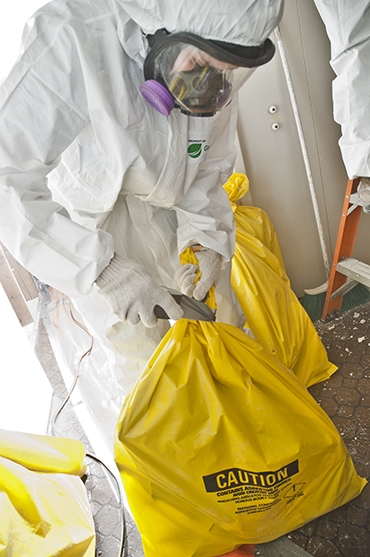
If test results confirm the presence of asbestos in your home it might be best to do nothing. Asbestos removal is very expensive and the process has the greatest risk of releasing asbestos fibres into the air. However, depending on the condition of the material, location and the likelihood of it being disturbed, such as during a renovation or regular maintenance, the removal of the material might be the most reasonable solution.
Asbestos abatement (removal) is a complex and potentially hazardous procedure. It should only be done by an experienced and qualified asbestos removal professional.
READ NEXT:
